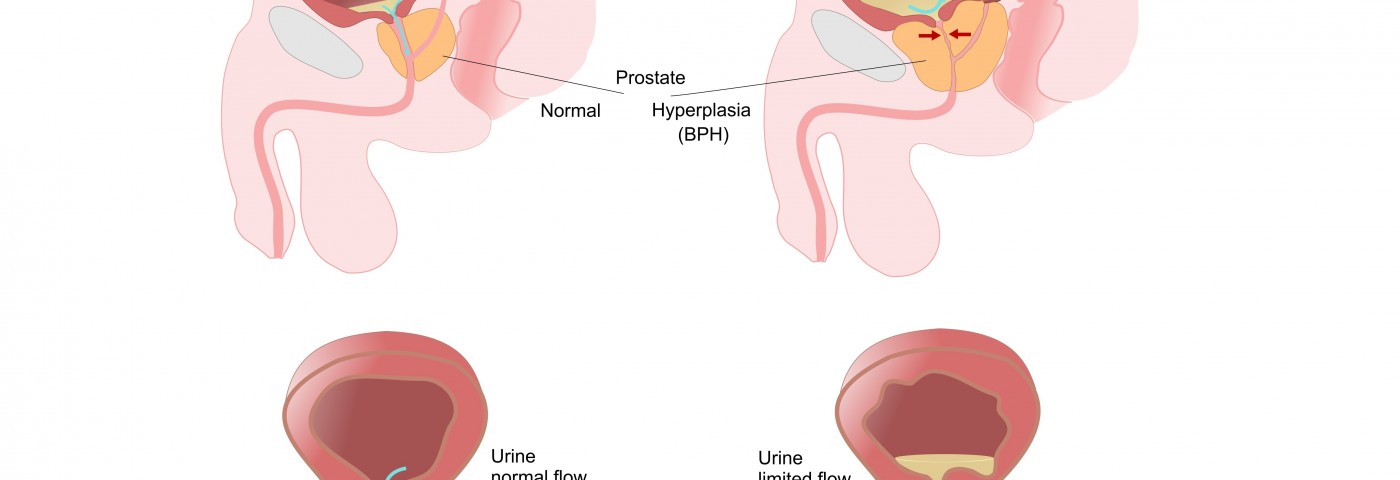High expression of hypoxia-inducible factor (HIF) is a marker of proliferating prostate tissues and may predict a risk for acute urinary retention in benign prostatic hyperplasia (BPH) patients, according to a study, “Elevated expression of HIF-lα in actively growing prostate tissues is associated with clinical features of benign prostatic hyperplasia,” published in the journal Oncotarget.
Benign prostatic hyperplasia is one of the most common diseases in middle-age or older men, and is characterized by lower urinary tract problems and bladder outlet obstruction. An increasing number of studies report that benign prostatic hyperplasia is associated with hypoxia, a condition where there is a significant decrease in the amount of oxygen reaching the tissues.
HIF is a DNA-binding transcription factor (with a hypoxia response factor called HIF-1α) and its levels have been reported upregulated in prostate cancer, inducing transcription of genes involved in hypoxia-adaptive conditions. Benign prostatic hyperplasia samples from patients submitted to prostate surgery were also positive for HIF-1α. Despite this association, there is no clinical evidence of how HIF-1α affects the prognosis of benign prostatic hyperplasia.
Researchers performed a retrospective collection of patients’ data and tissue samples from fetal prostates, normal prostates, intra-acinar of benign prostatic hyperplasia, peri-acinar of benign prostatic hyperplasia (acinar refers to any cluster of cells that resembles a many-lobed “berry”), prostate cancers, and sarcomas of the prostate. Levels of HIF-1α in all samples, together with vascular endothelial growth factor (VEGF), a gene whose induction is regulated through HIF-1α binding, were analyzed.
While normal prostate and peri-acinar of benign prostatic hyperplasia samples were negative for HIF-1α expression, the transcription factor was expressed in intra-acinar of BPH (69.5 percent), prostate cancer (85.7 percent) and all fetal prostates. The levels of HIF-1α expression were higher in both fetal prostates samples and malignant tumors when compared to benign prostatic hyperplasia samples.
When correlating HIF-1α expression levels with patients’ clinical information, authors found that HIF-1α in intra-acinar benign prostatic hyperplasia was significantly correlated with the intra-acinar weight of hyperplastic prostate. Importantly, they noted that HIF-lα moderate-positive patients had a significant increased incidence of acute urinary retention, a severe symptom of BPH patients.
These results reveal that HIF-1α expression is increased in highly proliferative prostate tissues, such as fetal prostates, intra-acinar of hyperplasia tissues of benign prostatic hyperplasia and prostate malignant tumors, and its expression correlates with the weight of intra-acinar prostate.
Expression of HIF-1α is also a potential marker for predicting a patient’s likelihood of developing acute urinary retention.

